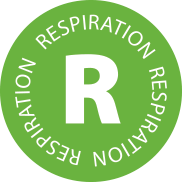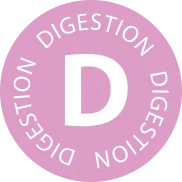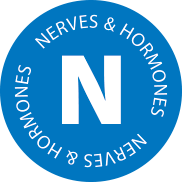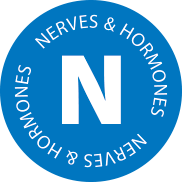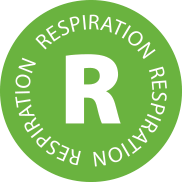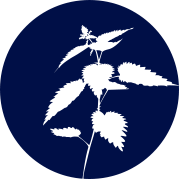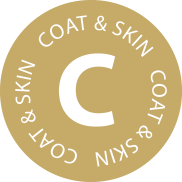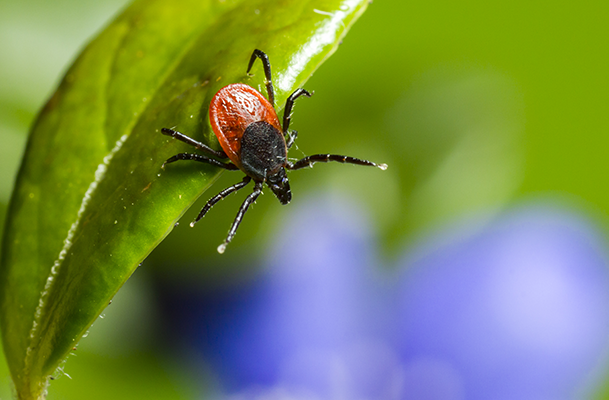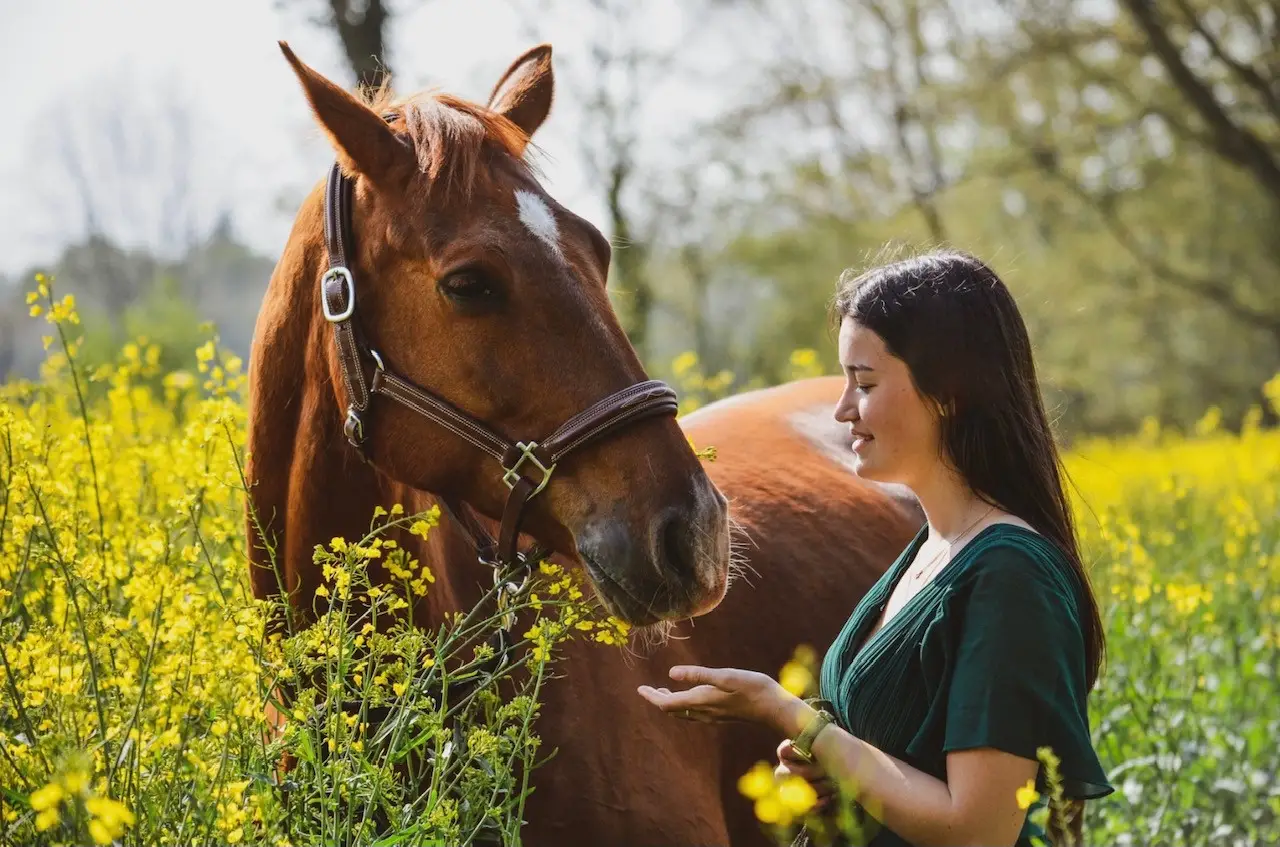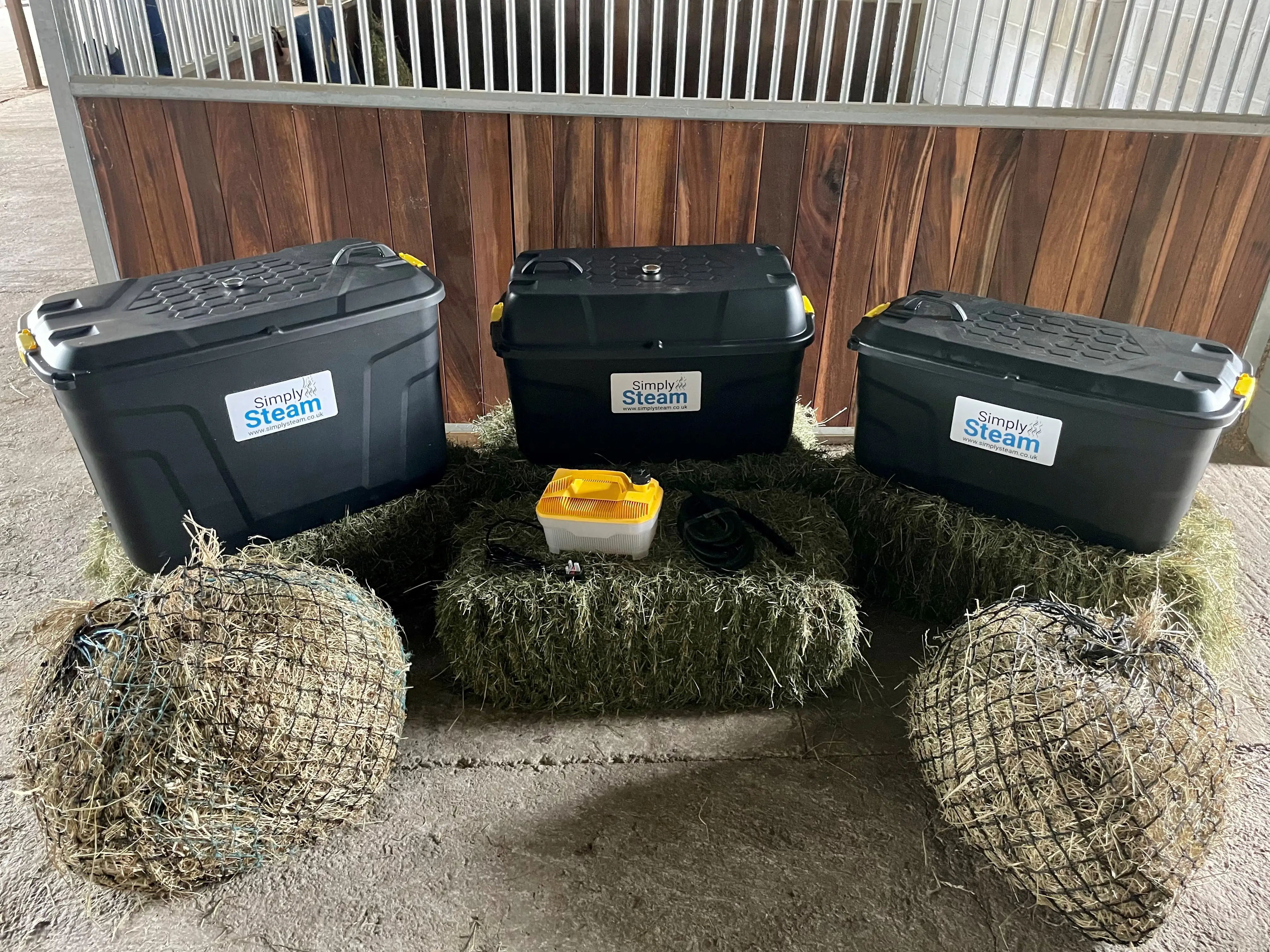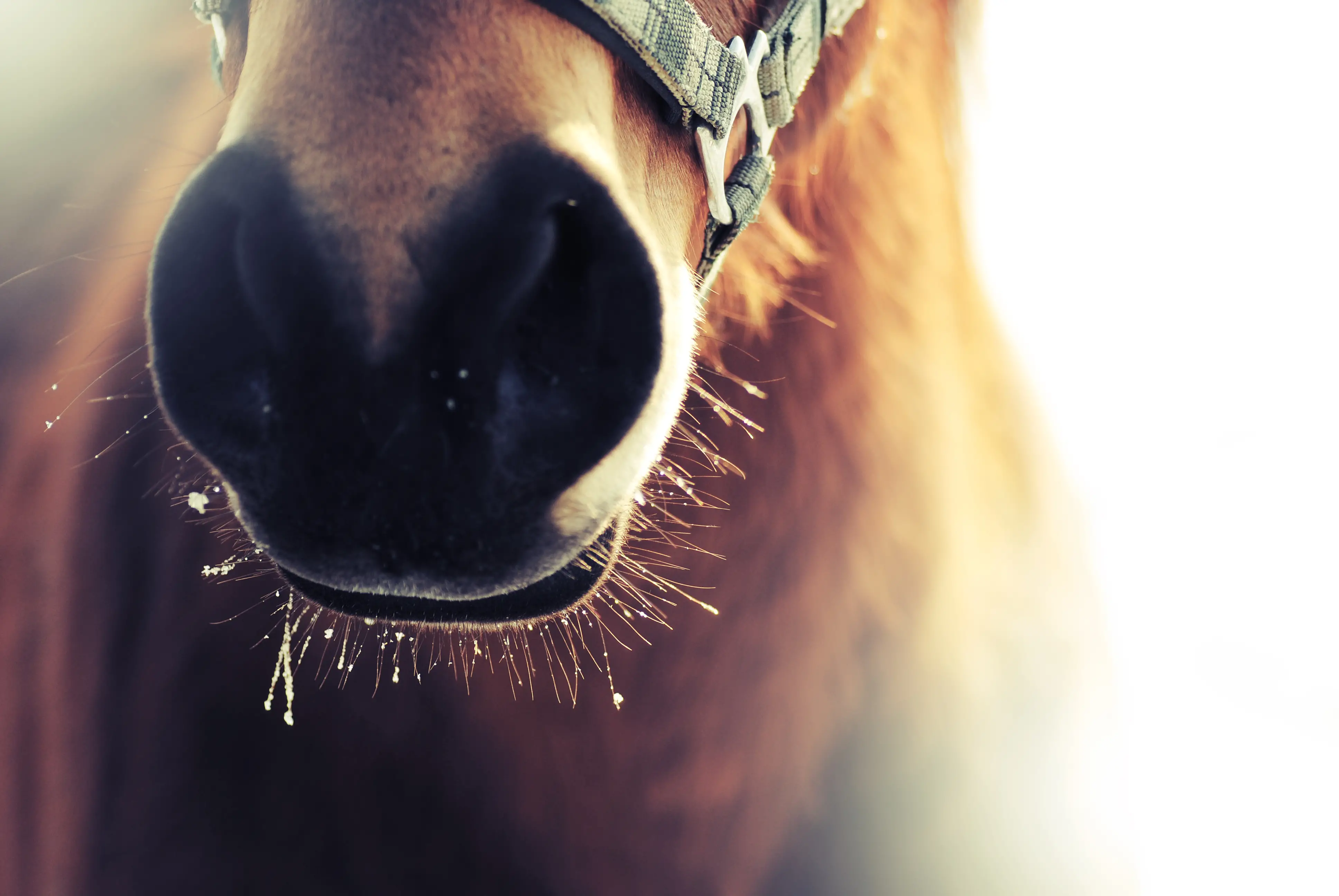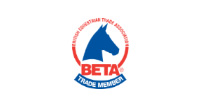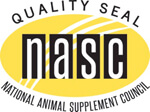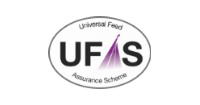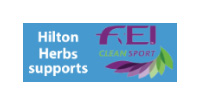01 January
Tick awareness: Lyme Disease
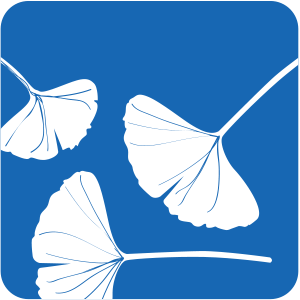 Guest Contributor
Guest Contributor
Guest Contributor
Guest Contributor
Treatments for Lyme Disease in the Equine
By Dr Joyce Harman DVM, MRCVS
There is no magic bullet in treating chronic Lyme Disease cases. The best approach is a multi-systemic one, using a combination of conventional, complementary, and alternative medicine. Most of the good experienced human Lyme Disease practitioners use antibiotics along with immune system supplements. Successful treatment of Lyme Disease includes support to for the immune system, not just during the immediate treatment period but over the long term. Due to the Lyme spirochete’s ability to “recur,” the immune system must be prepared to respond at a moment’s notice.
Since the spirochete selectively adapts to the individual’s body, what works well in one horse may or may not work as well in another. Some horses have a naturally strong immune system and a healthy lifestyle, while other horses are weaker or may have a stressful lifestyle.
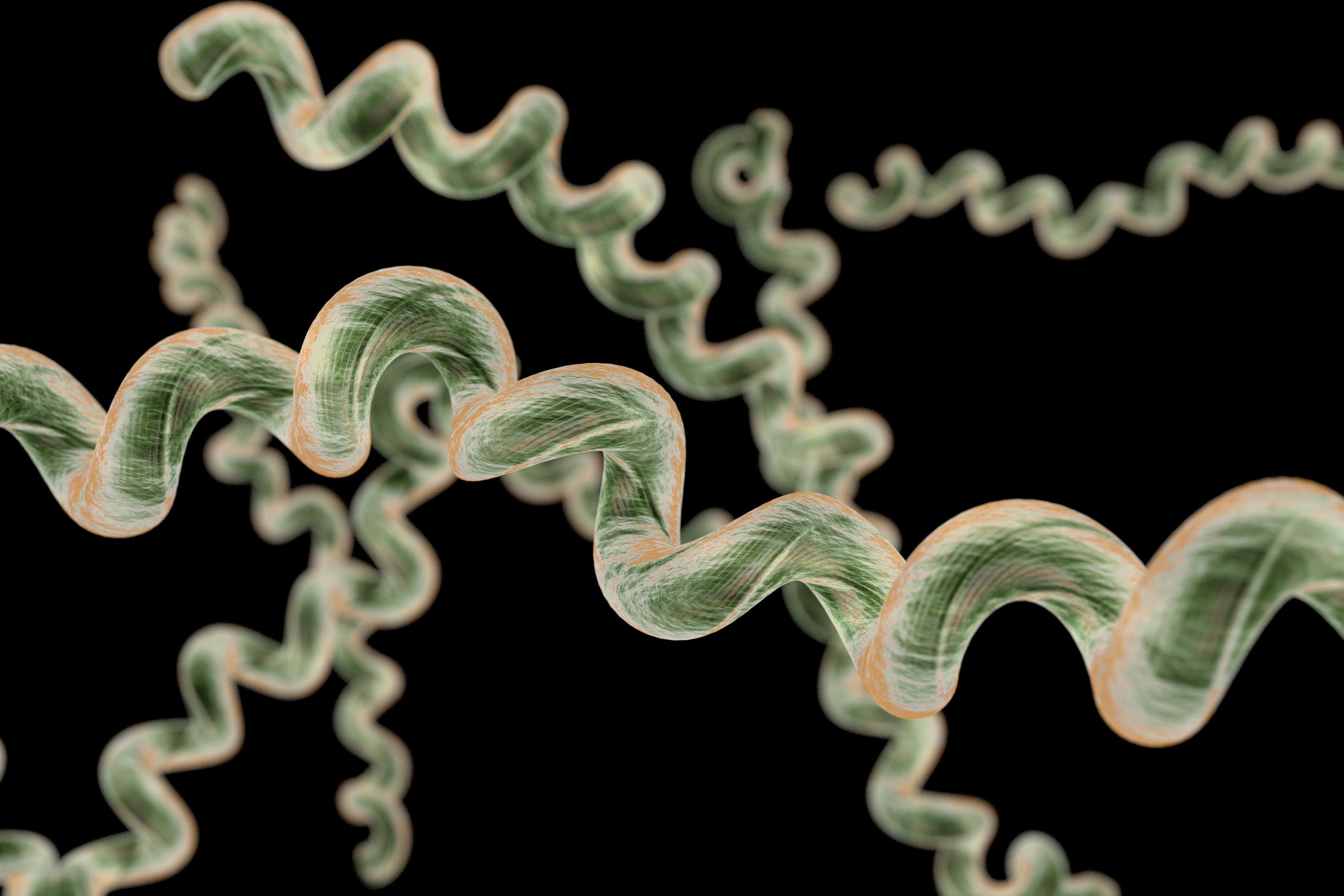
Useful reading:
- How to remove a tick safely
Antibiotics
In the acute stages and generally upon initial diagnosis. Doxycycline is administered orally, and consequently it is usually the starting point of therapy. Intravenous tetracycline may work better than doxycycline, though clinically many horses seem to respond quite well to the oral drug. The management of long-term intravenous therapy can be difficult in many situations. With the equine caregiver’s permission, it can be beneficial to start directly with intravenous treatment. There are fewer choices of antibiotics for equine LD treatment than there are for humans.
The use of antibiotics does suppress the immune system in the gut particularly, and from a Chinese perspective it damages the Spleen and Stomach due to the cold energy. Therefore, the support during this stage is designed to counteract the side effects.
Immune system support
Immune system supporting compounds are generally used. Generally Chinese herbs, Western herbs and homeopathic medicines are the most curative in this author’s experience. Many nutritional compounds are supportive rather than curative but can be critical to the overall success.
Fortunately, a few compounds are relatively inexpensive and can be quite helpful. Vitamin C is one such compound. It is readily available in bulk form and palatable with the dose of 4 to 6 gm divided twice a day, being the most desirable. Vitamin C is well known for its action in collagen which is one of the tissues particularly damaged by the spirochete. Camu camu (Myrciaria dubia) fruit is an excellent source of natural vitamin C. Vitamin C mixed with bioflavonoids and quercetin is also a good source. The data on using Vitamin C in treating LD is mostly anecdotal, although physicians and naturopaths treating humans routinely include it as part of their LD protocol.
Noni (Morinda citrifolia) contains many antibacterial, antifungal, and anti-inflammatory compounds. Studies have shown it is effective for many forms of arthritis and is also a good immune regulator. In the fruit leather form, it is relatively inexpensive and concentrated, while the juice form can be quite expensive, more dilute, and contains a significant amount of sugar.
Omega-3 fatty acids are anti-inflammatory as well as supportive to the immune system. They can be obtained through feeding whole flaxseed (inexpensive), naturally stabilized ground flax, hemp seeds, or Chia seeds (a very stable omega-3 source). Flax or hemp oils can be used; however, they must be refrigerated during warm or hot weather. Three to 6 ounces BID is the usual dose for seeds; less volume is used with the oils. Oils sold that do not require refrigeration are usually preserved with chemicals that can be detrimental to the immune system. Fish oils are absorbed but are not a natural source of food for horses so are less desirable. Blue-green algae contain significant amounts of omega-3 fatty acids, are palatable, and readily available.
Glutathione is a powerful antioxidant present in every cell. It is particularly important in the liver and has some direct anti-inflammatory effects in arthritis. It is safe and may be able to be used in higher doses; however, a dose of approximately 2000 mg in an adult horse seems to be effective. Precursors such as alpha lipoic acid or N-acetyl cysteine can also be used. Doses of alpha lipoic acid that have been used in horses range from 2000-5000 mg per day. Oral glutathione products are on the market for humans, and should be considered, though the absorbability has not been tested in the equine.
Supplements to support joint health are important for any horse that has shown signs of joint- related discomfort. These include glucosamine-based supplements, hyaluronic acid, glycosaminoglycans, and green-lipped mussel. Western herbal anti-inflammatories can also be used. Chinese herbal arthritis formulas based on the imbalances shown can also be useful, particularly alternating with some of the active herbs as discussed below. If an herbal formula is being used as a primary LD treatment, general joint support is better accomplished through nutritional supplementation to avoid an overload of herbs.
Primary Treatments
Homeopathics should be prescribed constitutionally based on the presenting signs. There are several medicines that fit many of the LD symptoms quite well. Ledum palustre is one of the major homeopathics for LD; its symptoms include effects from toxic puncture wounds as well as insects. A tick bite is both of those. Rhododendron and Kalmia latifolia along with other medicines in the Ericaceae family are worth considering. Based on the constitution, other medicines have helped the treatment, including, but not limited to Sulphur, Arsenicum album, and Rhus toxicodendron.
Western herbal protocols also have been used successfully. In general, herbal formulas should not be used on a continuous basis with the same herbs, since the spirochete is capable of developing a tolerance to the herbs. A rotation of formulas either every month should be done. A
Chinese medicine offers excellent solutions to treat LD in this author’s experience. Acupuncture is excellent for pain control, immune stimulation, relieving blood stagnation or pain, and moving or tonifying Qi. The practitioner should always treat the pattern the animal shows, so there is no one point prescription.
Chinese herbal medicines are effective in both the early and late stage LD cases depending on the pattern presented. Many herbs that have direct action against the spirochete are also Chinese herbs that clear toxins, move Blood, expel Wind and Damp, and strengthen Qi. Since the spirochete has such an ability to change and adapt to treatment, current thinking is to change formulas on a regular basis. Herbs should be prescribed by trained Chinese herbalists, since the choice of the type of herbs is based on a correct Chinese diagnosis.
Other treatment suggestions
Other compounds can be helpful depending on the signs the horse is showing. Magnesium is frequently deficient in human LD patients, and it is easy to supplement horses with magnesium citrate (1-3 g per day). Topical preparations of magnesium are beneficial if oral causes any intestinal upset, however the actual dose absorbed is difficult to calculate.
Hyperbaric oxygen therapy, if it is available, has been shown to be helpful in humans. Ozone therapy, if available is an excellent addition to the treatment protocol. Heat therapy is used in humans with saunas, but is difficult or impossible with horses. Horses that live outside in the sunshine may have slightly increased body temperatures for a portion of the day; however, it is unknown if that has a positive effect.
Herbs to support general gut health can be beneficial, especially after prolonged courses of antibiotics. Slippery elm (Ulmus rubra) bark, marshmallow leaf (Althaea officinalis), and meadowsweet aerial parts (Filipendula ulmaria) are examples. Turmeric root (Curcuma longa) is an herb that shows excellent anti-inflammatory effects on joints and supportive properties to the liver. Garlic (Allium sativum) bulb may be beneficial; it may also help keep some ticks away and is a good tonic herb. Coenzyme Q-10 is a fat-soluble antioxidant that may be beneficial. Resveratrol is another antioxidant that can be used in LD cases.
Exercise at the level the horse is comfortable with is an important part of adjunctive care. It is good for the immune system, and it is helpful for the horse mentally. Exercise is needed to avoid Liver Qi stagnation. There is no benefit to pushing the horse beyond what is comfortable, so if the horse is having a bad day, a short walk will suffice.
Stress is an important factor in the recovery from LD. Herbs also can be used to help counteract stress. It is beneficial to maintain horses under stress on adaptogenic, stress relieving herbs such as Siberian ginseng root (Eleutherococcus senticosus) once they have recovered and gone back to competition. It is also important to observe the amount of rest the horse gets at a barn. It has been shown that at many busy barns, horses actually get very little rest and sleep. This adds to stress, which suppresses the immune system.
Our Product Suggestions:
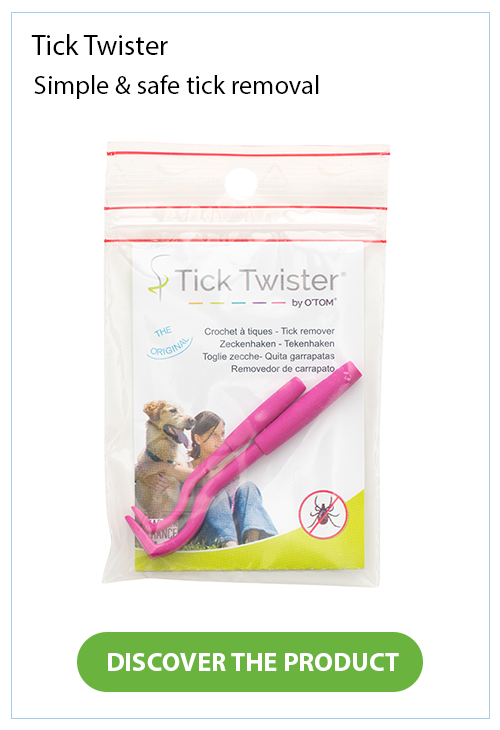
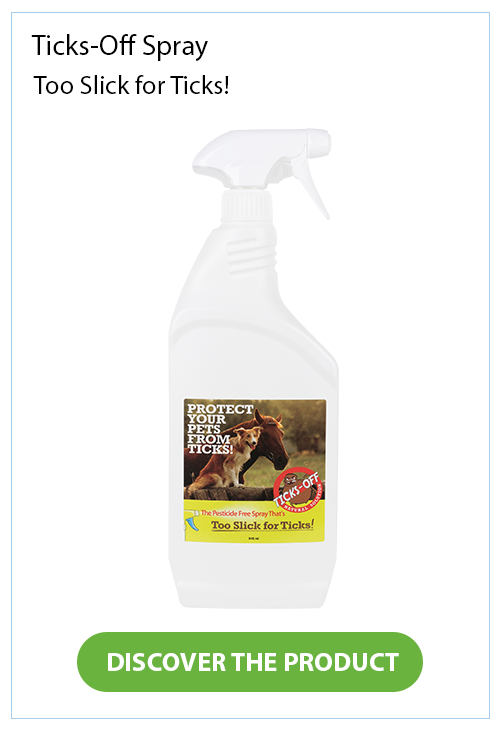
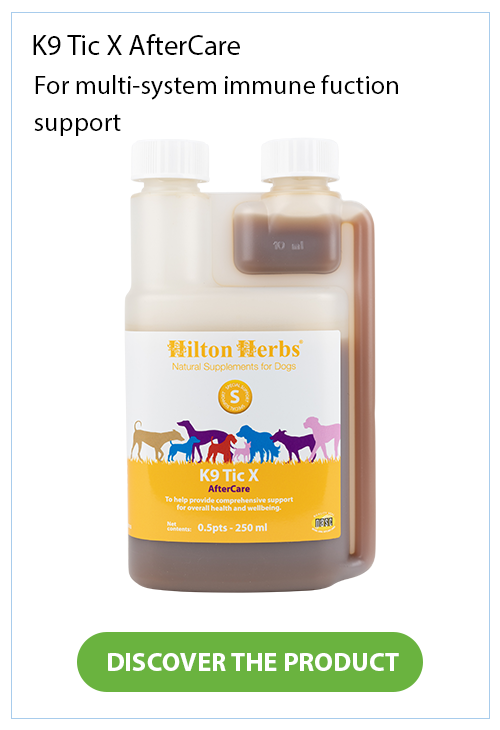
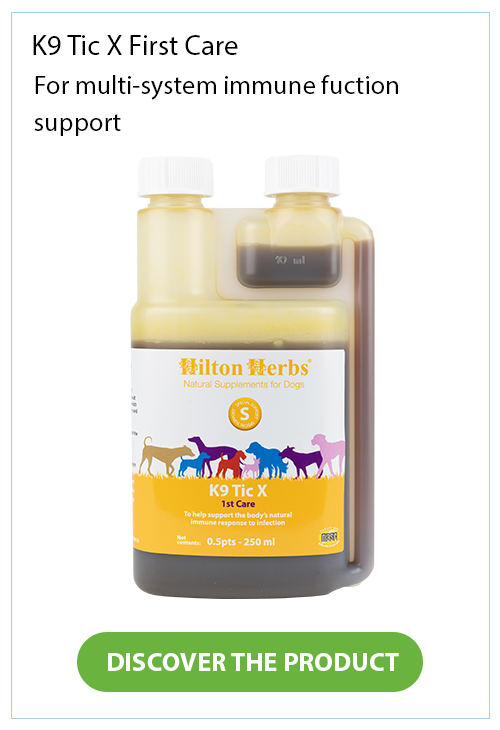
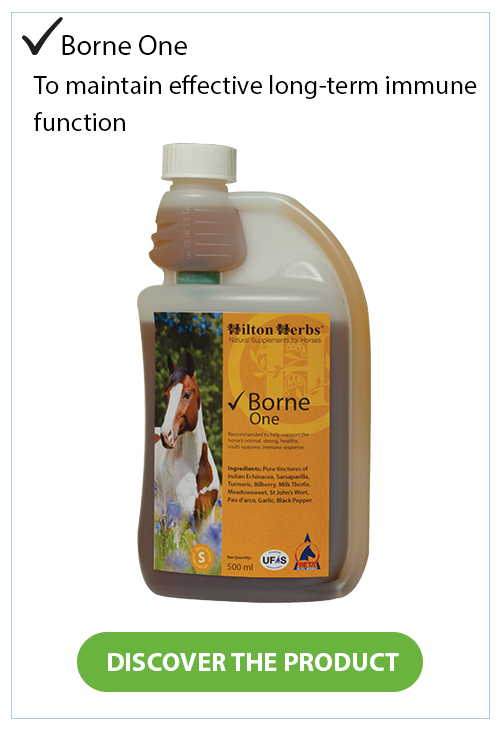
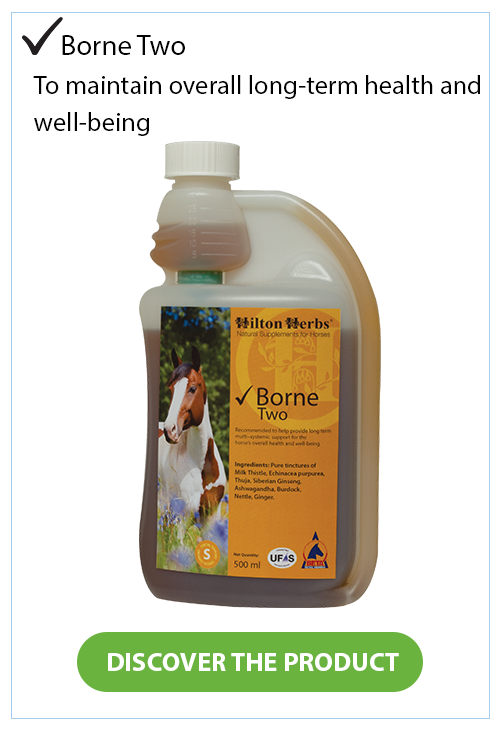
 About Guest Contributor
Guest Contributor
About Guest Contributor
Guest Contributor



